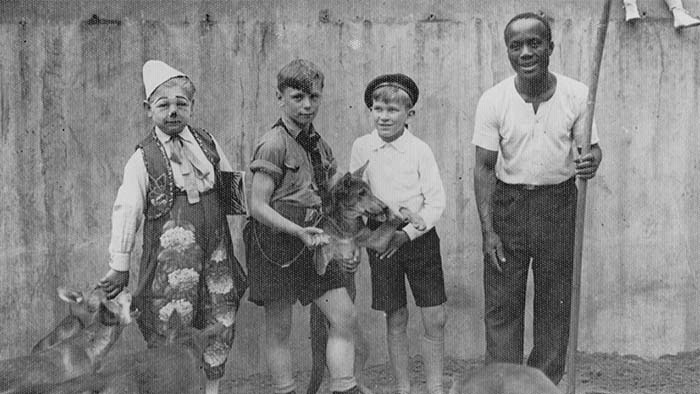About this project
Explore the people and organisations behind this research, and find related publications by the research team.
Research areas
Centre for Regional Economic and Social Research Sheffield Institute of Education Centre for Development and Research in EducationRelated publications
Time for Change: What does the available literature tell us about the representation of people from black and minority ethnic (BME) backgrounds in the UK children’s literature sector? The impact of books on social inclusion and development and well‐being among children and young people with severe and profound learning disabilities: Recognising the unrecognised cohort The social mobility challenges faced by young muslims Children’s Communities final evaluation reportFunding partners
Arts Council EnglandRelated courses
Our teaching is informed by research. Browse undergraduate and postgraduate courses with links to this research project, topic or team.
Get in touch
Find key contacts for enquiries about funding, partnerships, collaborations and doctoral degrees.
Black authors are still underrepresented in UK publishing


About this project
Explore the people and organisations behind this research, and find related publications by the research team.
Research areas
Centre for Regional Economic and Social Research Sheffield Institute of Education Centre for Development and Research in EducationRelated publications
Time for Change: What does the available literature tell us about the representation of people from black and minority ethnic (BME) backgrounds in the UK children’s literature sector? The impact of books on social inclusion and development and well‐being among children and young people with severe and profound learning disabilities: Recognising the unrecognised cohort The social mobility challenges faced by young muslims Children’s Communities final evaluation reportFunding partners
Arts Council EnglandRelated courses
Our teaching is informed by research. Browse undergraduate and postgraduate courses with links to this research project, topic or team.
Get in touch
Find key contacts for enquiries about funding, partnerships, collaborations and doctoral degrees.
Related projects



